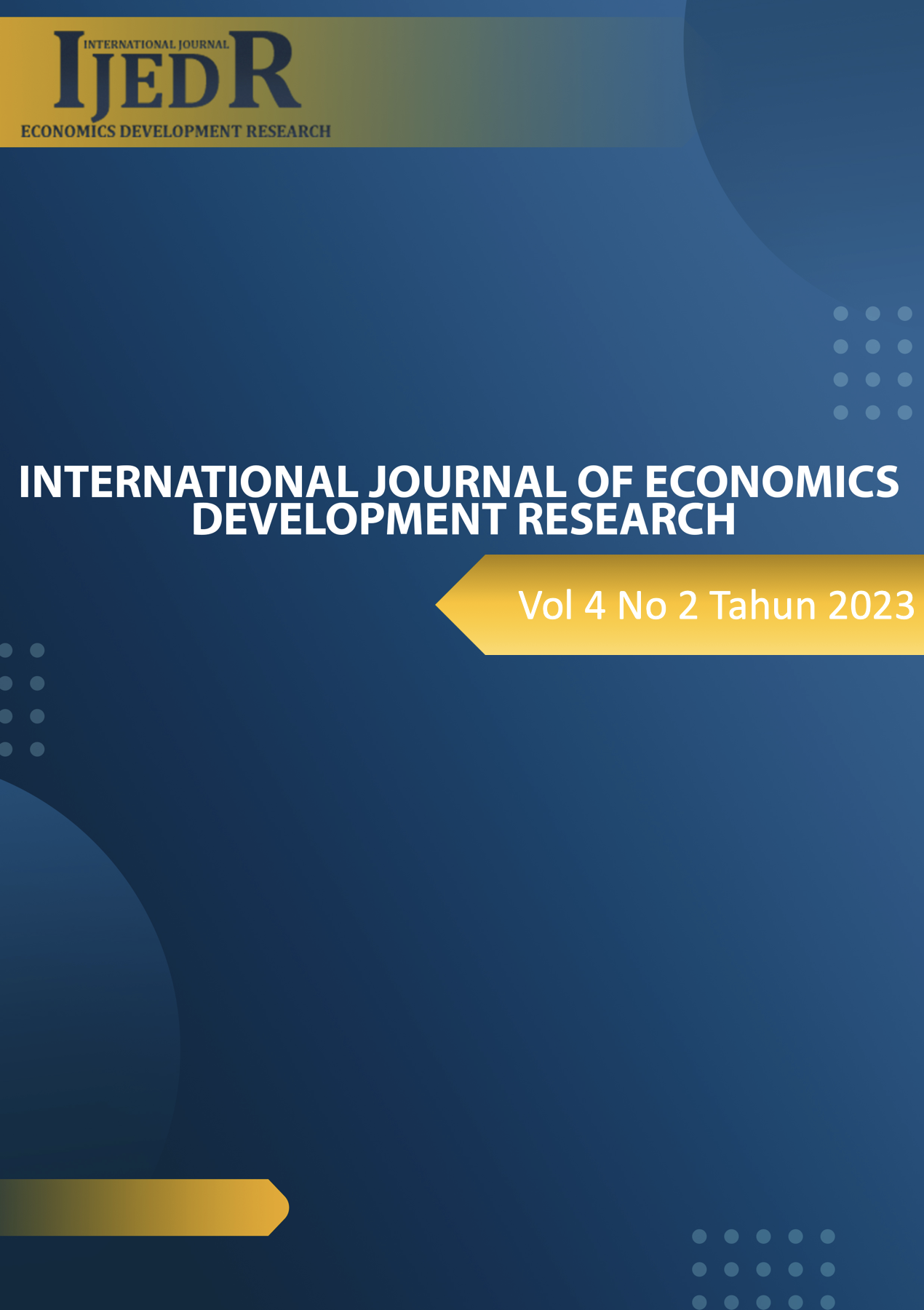Collaborative Governance in Local Development Planning for Annual Local Work Planning in Karangasem Regency, Bali, Indonesia
DOI:
https://doi.org/10.37385/ijedr.v4i3.3516Keywords:
Collaborative Governance, Regional Development PlanningAbstract
Law Number 25 of 2004, mandates that the National Development Planning system (SPPN) is a unified development planning procedure to produce long-term, medium-term and annual development plans, which are implemented by state administrators at the central and regional levels. The Karangasem Regency Government's Vision and Mission, which has been outlined in the Karangasem Regency RPJMD, is described into Programs, Activities and Sub-Activities implemented by Regional Apparatus. The implementation of Programs and Activities by each Regional Apparatus, each Fiscal Year must be accounted for. The performance of the Karangasem Regency Government in terms of geographic and demographic aspects, community welfare aspects, public service aspects, and competitiveness aspects, the budget allocated and the performance achievements obtained, have not yet been fully realized optimally. Planning as an element of management plays an important role in achieving the goals of an organization. The theory used in this research is the Collaborative Governance Theory, which suggests the importance of collaboration between related parties in regional development planning. Using Qualitative Methods, this research aims to determine the Collaborative Governance of Regional Development Planning in Karangasem Regency, Bali Province. Through Soft Strategy Mathematics Analysis, it is known that Collaborative Governance between Government, Academics, Private and Community needs to be optimized. By adding one indicator to each dimension in the Collaborative Governance Theory, a model is then recommended that can be used in regional development planning in Karangasem Regency, Bali Province.
References
Ansell, C. & Gash, A. (2007). Collaborative Governance in Theory and Practice. Journal of Public Administration Research and Theory, 544.
Bianchi, C., Nasi, G., & Rivenbark, W. C. (2021). Implementing collaborative governance: models, experiences, and challenges. Public Management Review, 23(11), 1581-1589.
Borrás, S., & Edler, J. (2020). The roles of the state in the governance of socio-technical systems’ transformation. Research Policy, 49(5), 103971.
Bourdin, S., & Nadou, F. (2020). The role of a local authority as a stakeholder encouraging the development of biogas: a study on territorial intermediation. Journal of Environmental Management, 258, 110009.
Bush, T. (2008). Leadership and management development in education. Leadership and Management Development in education, 1-184.
Castañer, X., & Oliveira, N. (2020). Collaboration, coordination, and cooperation among organizations: Establishing the distinctive meanings of these terms through a systematic literature review. Journal of management, 46(6), 965-1001.
Cook, D., Mahoney, T., Dryden, R., Krantzberg, G., Paris, M., Gagnon, S., ... & De Hart, A. J. (2022). Building bridges: case studies in collaborative governance in Canada. University of Ottawa Press.
Duxbury, N., Bakas, F. E., & de Carvalho, C. P. (2022). Why is research–practice collaboration so challenging to achieve? A creative tourism experiment. In Qualitative Methodologies in Tourism Studies (pp. 325-350). Routledge.
Emerson, K., Tina, N. & Stephen, B. (2011). Collaborative Governance in Theory and Practice. Journal of Public Administration Research and Theory, 2.
Homan, A. C., Gündemir, S., Buengeler, C., & van Kleef, G. A. (2020). Leading diversity: Towards a theory of functional leadership in diverse teams. Journal of Applied Psychology, 105(10), 1101.
Kabeyi, M. (2019). Organizational strategic planning, implementation and evaluation with analysis of challenges and benefits. International Journal of Applied Research and Studies, 5(6), 27-32.
Kusmawati, W. E., Putri, R. E., & Asbari, M. (2022). Pancasila as a National Development Paradigm in Community, Nation and State Life. Journal of Information Systems and Management (JISMA), 1(3), 33-37.
Loureiro, S. M. C., Romero, J., & Bilro, R. G. (2020). Stakeholder engagement in co-creation processes for innovation: A systematic literature review and case study. Journal of Business Research, 119, 388-409.
Maulana, R. Y. (2020). Collaborative governance in the implementation of e-government-based public services inclusion in Jambi Province, Indonesia. Journal of Governance, 5(1), 91-104.
Meijer, A. J., Lips, M., & Chen, K. (2019). Open governance: A new paradigm for understanding urban governance in an information age. Frontiers in Sustainable Cities, 1, 3.
Rondinelli, D. A. (2019). Urban and regional development planning: Policy and administration. Cornell university press.
Setiyono, B. (2014). Pemerintahan dan Manajemen Sektor Publik, Prinsip-prinsip Pengelolaan Negara Terkini. CAPS (Center of Academic Publishing Service), Yogyakarta.
Sinurat, M. & Horas, M.P. (2017). Perencanaan dan Penganggaran Daerah.
Sjafrizal. (2017). Perencanaan Pembangunan Daerah Dalam Era Otonomi, PT. RajaGrafindo Persada, Depok.
Sukarna. (2011). Dasar - Dasar Manajemen. Bandung: Mandar Maju.
Tavares, A. F. (2022). Bureaucracy and Public Administration. The Oxford Handbook of Portuguese Politics, 197.
Ulibarri, N. (2019). Collaborative governance: A tool to manage scientific, administrative, and strategic uncertainties in environmental management?. Ecology & Society, 24(2).
Wang, H., & Ran, B. (2023). Network governance and collaborative governance: A thematic analysis on their similarities, differences, and entanglements. Public management review, 25(6), 1187-1211.
Wasistiono, S. & Petrus .P. (2017). Politik Desetralisasi di Indonesia, edisi revisi yang diperluas, IPDN Press, Bandung.
Zulkifli, Z. (2022). Indonesian Economic Democracy: Debates, Challenges And Opportunities. Tatar Pasundan: Jurnal Diklat Keagamaan, 16(2), 190-204.





